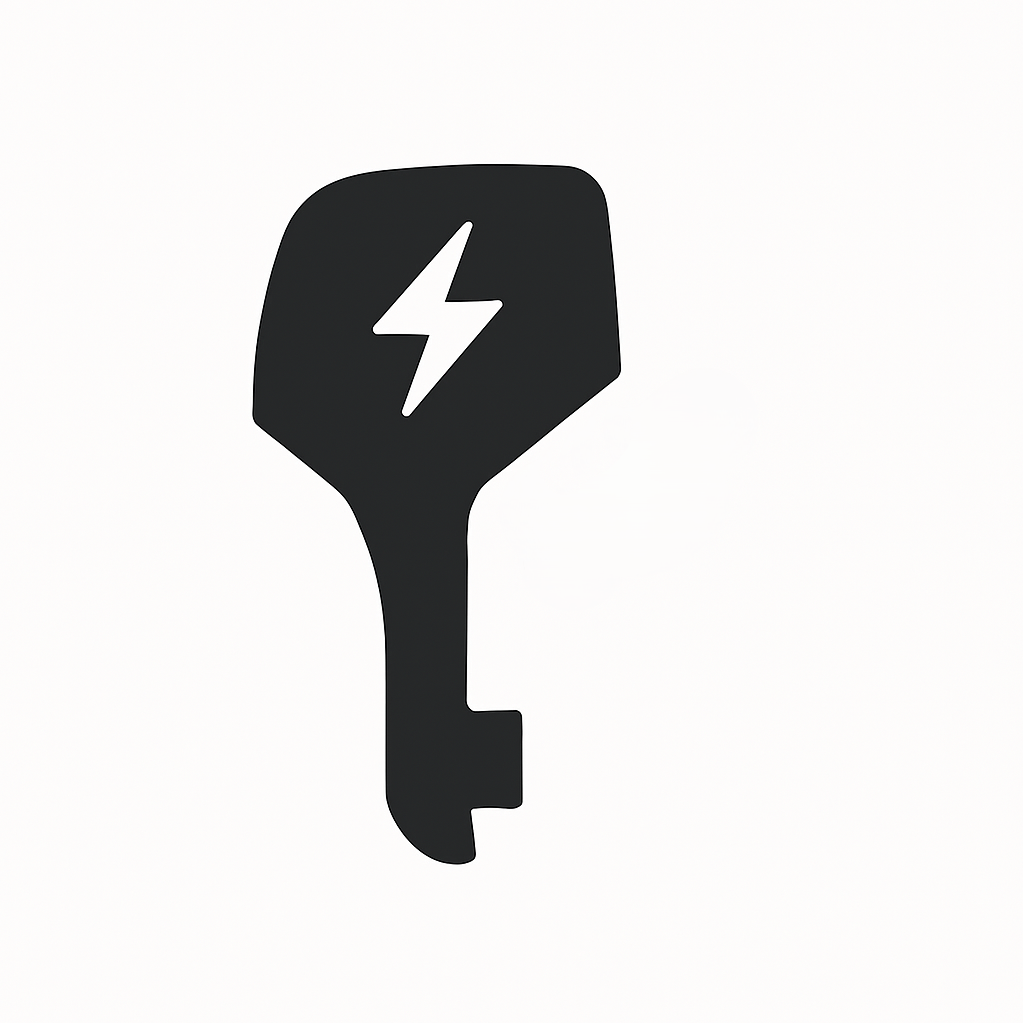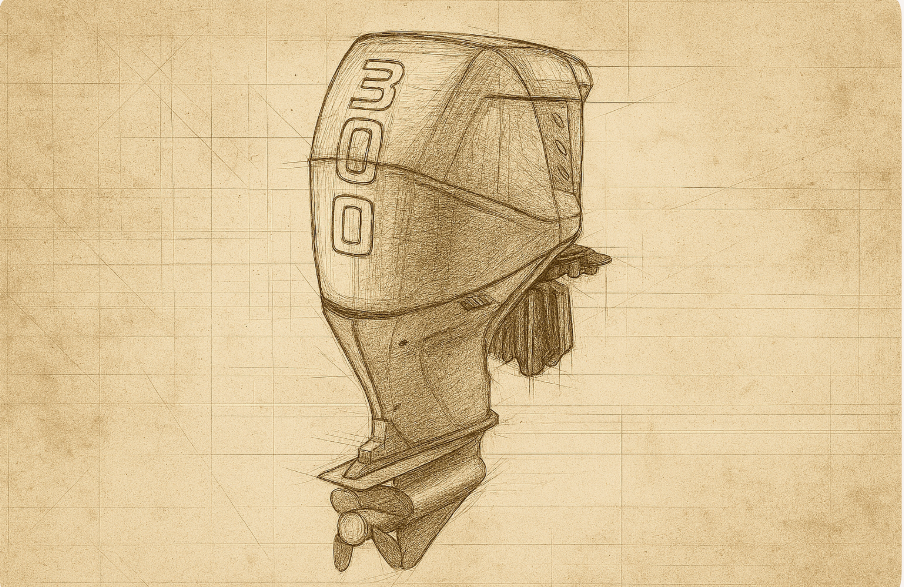If you’ve chosen a high power electric outboard motor, you’re likely enjoying its quiet operation, strong performance, and easy upkeep. But even the best motors can have issues. To keep your motor running well and extend its range, it’s important to avoid these seven costly mistakes. In this guide, you’ll find simple steps you can take to avoid those errors.
1. Don’t Push Your High Power Electric Outboard Beyond Its Rated Output
What this really means for high power electric outboard
Using a large prop, running at full “boost” all the time, or adding too much weight can make the controller work too hard. That creates heat, reduces efficiency, and can shorten the life of your high-power electric outboard motor (and its battery). User manuals for leading brands explicitly specify voltage and operating windows.If you go outside those, you could face derating, shutdowns, or faults in your system.
What to do instead
- Prop for spec. Choose the prop pitch/diameter recommended by your maker. In this way, your boat reliably reaches the rated RPM at full throttle with your load-out (crew, fuel alternatives, safety kit).
- Use onboard telemetry. Many powerful electric outboards and electric RIBs show live current draw, RPM and system health. By using it, you can avoid long high-amp pulls that aren’t giving you speed gains.
- Respect “continuous” vs “peak”. If your provider differentiates the two, treat peak as a short-burst tool, not a cruising mode.
| Symptom | Likely Cause | Immediate Action | |
|---|---|---|---|
| Can’t reach rated RPM at WOT | Prop too “tall” or excess weight | Step down prop pitch; trim weight | |
| Thermal warnings / derate | Extended high-amp running | Back off; allow cooldown; check cooling path | |
| Range collapses at speed | Hull-speed barrier / incorrect prop | Re-prop; plan to cruise below steep drag rise |
2. Don’t Use Incompatible or Low-Quality Batteries
Why mismatched batteries are risky
Pairing a powerful electric outboard with batteries that fail to meet the manufacturer’s voltage, current, and safety specifications can lead to failures. It is crucial to ensure that lithium installations are properly matched, with a suitable Battery Management System (BMS) and charge regulation. Adhering to industrial-grade lithium standards, such as IEC 62619, is essential to ensure that cells and packs behave safely, even under foreseeable misuse. It is important to avoid mixing different battery chemistries, DIY-splicing battery packs, or repurposing unknown cells.
How to choose the right pack
- Follow the motor maker’s spec sheet for nominal voltage and max discharge current, and only use approved packs and cabling.
- Look for proven standards. In 2025, IEC 62619 is a widely referenced safety baseline for industrial lithium packs.
- Insist on a proper BMS. The Boat Safety Scheme warns against installs lacking BMS and suitable charge regulation.
| Don’t… | Risk | Better Practice (UK) | |
|---|---|---|---|
| Mix chemistries/packs of unknown provenance | Thermal runaway, BMS confusion | Use approved packs that match motor voltage/current | |
| Bypass BMS or fit no charge regulation | Overcharge, fire risk | Install robust BMS + correct chargers | |
| Ignore voltage window limits | Controller faults, shutdowns | Stay within the manufacturer’s stated window |
3. Don’t Ignore Cooling and Thermal Management Systems
Heat is the silent range-killer
Most high-output systems are liquid-cooled. They com equipped with sensors monitoring motor, inverter and battery. If there’s a blocked intake or a weak pump, the controller will pull power to protect itself, slashing top-end performance. Some powerful electric boat systems even emphasize having separate cooling circuits as a key feature for reliability. It’s crucial to take those temperature warnings seriously Treat temperature warnings as hard limits, not suggestions.
Cooling care checklist
- Check intakes for weed and silt after beaching in estuaries or sandy shallows.
- Verify coolant levels (where applicable) before longer passages; look for salt-crystal residue at hose joints.
- Respect alarms. If the display flags over-temp, reduce power and clear obstructions before resuming.
4. Don’t Overcharge, Deep-Drain, or Improperly Store the Battery Pack
Storage and charge discipline extends life
Don’t leave a high‑hp electric boat motor battery pack either completely drained for weeks, or fully charged and soaking in a damp, unventilated locker. Storing it correctly matters. Winter is coming, and inland waterways safety bodies keep reminding boaters to follow sensible storage and charging routines during the off‑season—especially with colder, wetter winters ahead.
Practical steps
- Follow maker’s SOC guidance for lay-ups (often a mid-range SOC with periodic top-ups—see your pack manual).
- Ventilate lockers and avoid locations that trap moisture or heat; keep terminals clean and protected.
- Plan winterisation as you would with combustion engines—lithium needs less fuss than petrol, but it still needs a plan.
5. Don’t Neglect Software, Firmware, or Smart System Updates
Updates are performance and safety
Modern high power electric outboards are rolling computers. In 2025, several vendors deliver over-the-air (OTA) improvements, diagnostics and fault prevention—especially valuable for commercial users. Skipping updates can cost you range, throttle mapping refinements, charge-curve improvements and bug fixes.
How to stay current
- Enable remote support where available, so engineers can proactively spot abnormal logs.
- Schedule checks before a big trip—some updates require the boat to be safely alongside with mains power.
- Keep companion apps installed for notifications and error-code look-ups (e.g., popular outboards surface codes and remedies).
6. Don’t Operate Your Electric Outboard in Harsh or Unapproved Conditions
6) Conditions matter more than you think
Two pitfalls repeatedly trip skippers up:
(1) Shore power safety—mixing incompatible 16 A/32 A hardware or using non-weatherproof connectors in the cockpit
(2) lLcal speed/area rules—over-speeding in sensitive harbours or on inland waterways.
Shore power essentials
- Know your connector family. BS EN 60309 is the baseline industrial connector series used around UK marinas; don’t bodge adapters.
- Weatherproof the connection. In cockpits, BSS calls for splash-proofing (IP55 minimum) or protective positioning.
- Expect 230/240 V single-phase. UK pontoons typically distribute 240 V from 3-phase 415 V supplies.
7. Don’t Skip Routine Maintenance and Post-Use Cleaning
7) “Low-maintenance” isn’t “no-maintenance”
Even the most powerful electric outboard benefits from quick, regular TLC after salty or silty use. It’s better to preserve connectors, seals and cooling paths so your investment keeps delivering.
After-run and periodic checks
- Rinse salt and silt from leg, prop and intakes; check the anode and steering hardware.
- Inspect connectors for heat discolouration or verdigris; ensure strain-relief and tidy cable runs.
- Keep your cold-weather plan current. RYA and yards regularly publish winterisation checklists—adapt them for your electric setup.
FAQs
How do I know if my battery installation meets expectations?
Start with your motor maker’s installation manual, then confirm your pack and charging gear meet the manufacturer’s requirements. Follow Boat Safety Scheme lithium advice (BMS and correct charge regulation) and ensure any industrial-type lithium packs declare conformance to relevant standards (for example, IEC 62619).
Is it safe to charge my high-power electric outboard motor from any marina socket?
Only if your connectors and cables match the marina’s BS EN 60309 setup and the connection is splash-protected (IP55) if exposed. Many marinas provide 16 A or 32 A feeds at ~240 V—fit the correct inlet and lead, and keep the connection weather-proof.
Do electric outboards remove the need for winterisation?
No. They reduce oil and fuel tasks, but you should still prep for damp and cold—protect connectors, store batteries per maker guidance, and plan periodic checks over winter.
Conclusion
Getting into electric boating can be an exciting journey, especially with a high-power electric outboard motor! Just remember, to truly enjoy the ride, it helps to treat the system as a well-coordinated team. Don’t over-prop or over-amp it. Don’t gamble on unknown batteries. Don’t ignore cooling warnings. Don’t mistreat the pack when charging and storing. Don’t skip firmware updates. Don’t breach shore-power or local-waterway rules. And don’t forget basic maintenance. Stick to these seven “don’ts” and your high power electric outboard will stay the powerful electric outboard you bought it to be.


